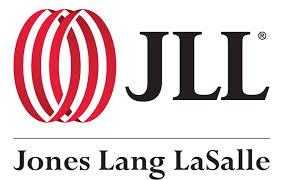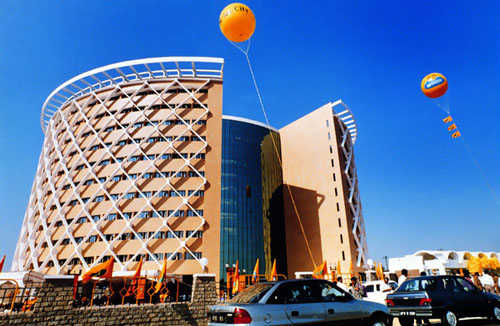
JLL launching e-commerce platform for residential real estate
Unique blend of online-offline services provides win-win proposition to buyers…

Unique blend of online-offline services provides win-win proposition to buyers…

Track2Realty: Abroad, a new trend of evaluating neighbourhoods by their ‘walk score’ is being seen among home buyers. The idea behind this is simple, and in fact the very basis of that favourite real estate mantra ‘location, location, location.’ And it has great pertinence for the Pune real estate market, as well.

Chennai is known for its conservative mind-set, which reflects visibly on its residential property market trends, as well. For instance, home buyers in Chennai have historically been driven by location over and above most other considerations, and this had put definite limits on the demand and potential for community living in the city.

Despite buyers’ expectations of a likely fall in city property prices, this possibility seems limited as developers continue to hold on to their prices across sub-markets on the back of the DCR amendment. This policy, along with the increase in construction costs, has led to greater pressure on developers’ margins. Post the new DCR, the saleable areas are expected to reduce and carpet areas are likely to increase. It is interesting to note that while there have, in fact, been marginal price increases across many projects in MMR, registration data reflects that absorption levels have also increased.

In contrast to what was been witnessed in many of the more volatile cities over the last couple of years, Chennai’s residential property market saw steady growth in terms of pricing, demand and supply. Chennai’s residential property market is predominantly end user driven, and this fact did a lot to sustain consistent absorption throughout 2011.

Both the economy and the residential property sector are currently in a state of uncertainty. This has resulted in a rather prolonged period of vacillation and hesitancy among home buyers in India.

After a one-year period starting 3Q 2009, which saw a strong recovery with a record 40%+ increase in prices, the Mumbai residential real estate market has been seeing a slowdown over the last two quarters across various micro markets.

Shapoorji Pallonji Real Estate (SPRE) has entered a joint venture with Kanodia’s real estate venture KREEVA to develop a luxury residential project in Sector 46, one of the most premium residential localities within Gurugram.
Spanning across 1.74 acres, the project will consist of luxury apartments, targeting discerning homebuyers in the National Capital Region (NCR). The project will offer a perfect blend of modern design, superior construction quality, and state-of-the-art amenities, offering a new standard of urban living to the residents of Gurugram.

Residential sales in Hyderabad remained modest in 4Q10. Although the city witnessed many launches, sales did not pick up. Market sentiment, especially among investors, stayed low as political uncertainty persisted.

At a time when there is a mad rush to launch new projects in & around the airports across the cities of India, a developer in Bengaluru opted to go in the diametrically opposite direction. Prima facie, what appeared to be a case of finding a better or affordable land parcel in that given location of South-West Bengaluru had a strategy that very few adopt in the business of Indian real estate. The strategy to define demand through scientific research. The demand in the market was assessed with consumer psychograph study – what consumers want; what they need; where are the gaps; and how a new housing project could fill in that gap.
